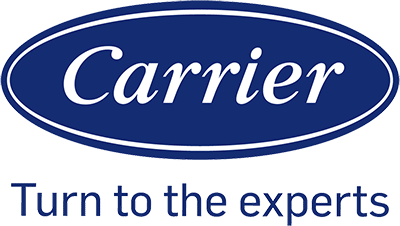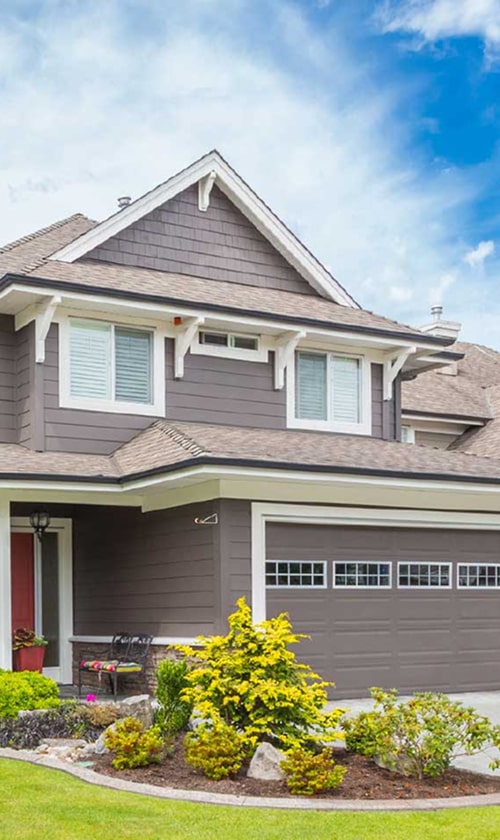Understanding Central Air Conditioning Systems

Central air conditioning systems are essential for maintaining comfort in our homes. They consist of various components and come in different types. Below, we will explore how these systems work and the options available.
Components and Functionality
Central air conditioning systems have several key parts. The compressor pumps refrigerant through the system. The evaporator coil cools the air by absorbing heat, and the condenser coil releases that heat outside.
Ductwork is crucial for distributing cool air throughout the house. This network of ducts links the indoor unit to each room, ensuring even temperature control.
The outdoor unit contains the compressor and condenser. The indoor unit houses the evaporator coil and air handler. Together they regulate temperature and humidity.
Refrigerant plays a vital role, circulating within the system to absorb and release heat effectively. It moves between the indoor and outdoor units, enabling the cooling process.
Types of Central Air Conditioners
Central air conditioners come in two main types: split systems and packaged units. The split system is the most common. It features an outdoor unit for the compressor and condenser, and an indoor unit for the evaporator and air handler.
Packaged units combine these components into a single outdoor unit. This type is often used when indoor space is limited, as it doesn’t require a separate indoor air handler.
Both systems require ductwork for distributing air throughout the home. The choice between split systems and packaged units depends on the home’s layout, space availability, and installation budget.
Sizing and Selection

To ensure comfort and efficiency in our home, we must carefully size and select our central air conditioning system. The right size and capacity are crucial for optimal performance and energy savings.
Manual J Calculation
A precise Manual J Calculation is necessary to determine the correct size of our air conditioner. This involves assessing many factors, such as the home’s square footage, insulation quality, number of windows, and more. We can’t just guess the size; we rely on this standard method recommended by professionals.
This calculation helps us avoid buying an under- or oversized unit. An undersized system may fail to cool our home adequately, while an oversized unit might cycle on and off too quickly, wearing out parts and wasting energy. By calculating properly, we ensure our system fits our home’s specific needs, resulting in greater comfort and efficiency.
Determining Cooling Capacity
Cooling capacity is often measured in BTUs (British Thermal Units) or tons. Typically, one ton equals 12,000 BTUs. Our goal is to find a system with the right cooling power to match our home’s requirements. For example, a standard 1,000 sq ft home may need about 18,000 BTUs or 1.5 tons, but this can vary based on other factors.
A home’s Seasonal Energy Efficiency Ratio (SEER) rating is also vital. It shows how efficiently our system operates over the entire cooling season. Systems with higher SEER ratings tend to be more energy-efficient, leading to lower utility bills. We must balance the initial investment cost with long-term savings to choose the best system for our needs.
Energy Efficiency and Cost Considerations

When considering a central air conditioning system for our home, we need to focus on both how energy efficient it is and how much it will cost us long-term. Evaluating SEER ratings, calculating operating costs, and minimizing our energy bills are crucial steps.
Understanding SEER Ratings
SEER stands for Seasonal Energy Efficiency Ratio. It measures how efficiently our air conditioning system can cool our home during a season. A higher SEER rating means better efficiency. In our search, we should look for systems with a minimum SEER rating of 14, but higher-rated systems can offer more savings.
Energy-efficient models often have a SEER rating of 16 or above. By choosing a system with a high SEER rating, we will save more on our utility bills. These systems might cost more upfront but are Energy Star certified and help reduce our electricity usage in the long run.
Calculating Operating Costs
To truly understand how much our AC system will cost us, we need to consider operating costs. Calculating these costs involves looking at factors like the SEER rating, local electricity rates, and the amount of time our system will be in use.
We can use the formula:
Operating Cost = (BTUs × Hours Used × Electricity Rate) ÷ SEER
This helps us figure out how much we are spending over time and if the system fits our budget.
Minimizing Energy Bills
Reducing our energy bills requires us to not only choose efficient systems but also implement smart usage strategies. Simple actions include setting our thermostat higher when we’re not home, using programmable thermostats, and ensuring our home is well-insulated.
Regular maintenance, like cleaning filters and coils, can improve efficiency. By doing these small tasks, we can extend the life of our system and keep our bills in check.
Energy efficiency and operating costs are pivotal when deciding on an air conditioning system for our home. By focusing on these aspects, we ensure we are making a smart, informed choice.
Installation and Maintenance
When it comes to central air conditioning systems, proper installation and regular maintenance are key. Ensuring a correct setup, ongoing upkeep, and handling issues swiftly can help us maximize efficiency and comfort.
Professional Installation Process
Getting our central air conditioning system installed requires hiring a certified technician. Professional installation ensures the system is set up correctly to work at its best. The technician will first evaluate the space and determine the best placement for the unit and ductwork.
They’ll also check electrical systems and vent positioning for optimal airflow. Installation includes placing the unit, connecting ducts, installing thermostats, and verifying that everything operates efficiently.
The process usually takes a day, but could take longer for larger homes. It’s important to let professionals handle this to avoid any missteps that may compromise the system’s performance.
Ongoing Maintenance Requirements
Regular maintenance keeps our air conditioning system running smoothly. Simple tasks like changing filters every 1-3 months can improve air quality and efficiency. Scheduled yearly inspections are essential to catch and fix potential problems early.
Technicians during maintenance check refrigerant levels, clean coils, and ensure moving parts are functioning well. Cleaning the area around the unit and ensuring vents are clear from blockages help in maintaining airflow.
Keeping an eye on performance and addressing unusual noises or drops in cooling quickly can prevent bigger issues. Consistent care extends the lifespan of our system, saving energy and money in the long run.
Troubleshooting Common Issues
Even well-maintained systems can face occasional problems. Common issues include the unit not cooling properly, water leaks, or unusual noises. For cooling problems, checking the thermostat settings and ensuring vents aren’t blocked may help.
Water pooling around the unit could be due to a clogged drain line that needs checking. Strange sounds might suggest loose parts or debris in the unit.
While some problems can be resolved easily, complex issues or persistent problems should be inspected by professionals. Preparing for these situations helps us take quick action, reducing potential damage and discomfort.
Enhancing Home Comfort
Enhancing home comfort goes beyond just cooling the air. By improving indoor air quality and integrating smart thermostats, we can create a more comfortable and efficient living space all year round.
Improving Indoor Air Quality
Poor air quality can impact our home’s comfort and our health. One effective way to boost indoor air quality is by using filters in our HVAC systems, including heat pumps and furnaces. Regularly replacing these filters can reduce allergens like dust and pollen.
Proper ventilation is also key. Ensuring our home is well-ventilated helps control humidity and remove stale air. Installing an air purifier can further clean the air by capturing more harmful particles.
Humidity control is important, especially in summer. Dehumidifiers can remove excess moisture, increasing comfort. Conversely, in winter, humidifiers can add needed moisture if the air is too dry.
Regular maintenance of our HVAC systems ensures they function effectively. Cleaning ducts and checking for leaks can help maintain clean air circulation. By taking these steps, we can improve the air we breathe and enhance our comfort.
Integrating Smart Thermostats
Integrating smart thermostats into our homes makes controlling the temperature easier and more efficient. These devices can learn our schedule, adjusting the temperature automatically to save energy when we’re not home.
Remote control is one of the biggest advantages. With a smartphone, we can adjust the temperature from anywhere. This means we return to a comfortable home without wasting energy while we’re away.
Smarter zoning lets us heat or cool specific areas as needed. This is efficient and saves money on bills. By connecting to our HVAC systems, including heat pumps or furnaces, smart thermostats provide detailed energy reports.
These reports help us track and reduce usage. Installing a smart thermostat is a savvy choice for boosting comfort and saving energy.




